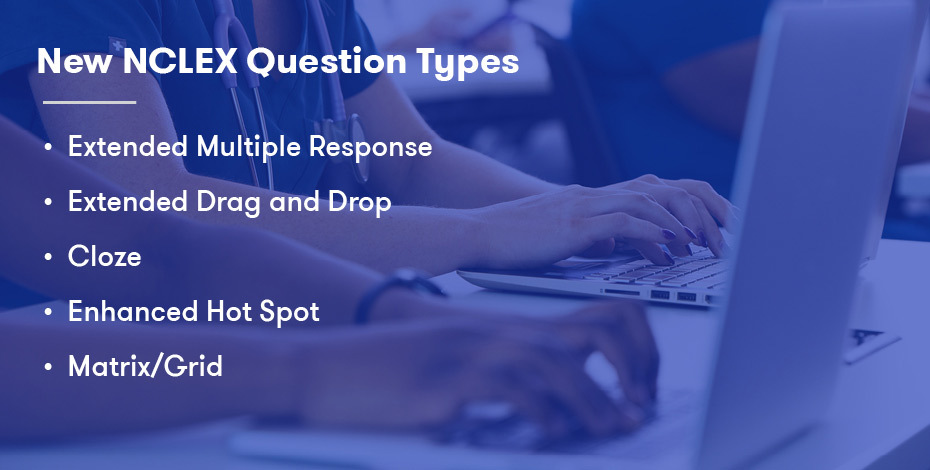By Tim Bristol, PhD, RN, CNE, ANEF, FAAN
At no time in the history of nursing education has the imperative been more clear: We must focus on Clinical Judgment (CJ) with every student every semester. Right now, we know that only 11% of our new graduates are practice ready (Kavanagh & Sharpnack, 2021 – https://ojin.nursingworld.org/ ). We know that half of those taking the NCLEX will be involved in a medical error shortly after entering practice (see the video with Dr. Phil Dickison).
After extensive research over the past 10 years, the National Council of State Boards of Nursing (NCSBN) has determined that the crucial link to success in practice is CJ. Clinical Judgment is defined as the doing that happens after critical thinking and clinical decision-making.
Based on this definition, NCSBN has built a model of assessment called the Clinical Judgment Measurement Model (CJMM). Based on this model, they have created a new set of assessment items that are part of what is known as the Next Generation NCLEX® (NGN). Although nursing education needs to attend to the changes warranted by NGN, including revising learning, assessment, and NCLEX® preparation methods, nursing practice demands that we immediately start teaching in a way that develops and challenges students’ CJ skills.
The time has come to create learning experiences for students that place them at the bedside of a client. We need to encourage a practice-based approach to studying and remediation. We cannot only think of rigor in testing — although this is critical — but we must also help the students take ownership of their opportunities for growth.
Over the past two decades, we have often discussed content saturation. A focus on Clinical Judgment directs our thoughts back to the bedside and patient-centered care. Instead of lots of reading and facts, we need to take students directly to the clinical setting and charge them to think, “What does a nurse need to do right now?” We need to wipe away extraneous information and emphasize the question, “What is the priority for the nurse?”
Another way to focus Clinical Judgment efforts is setting priorities. Students should no longer be writing long and elaborate care plans, never to be looked at again. Plans of care should be succinct and detailed enough to focus daily care, and they should encourage ongoing clinical decision-making. We need to continuously point our students toward the steps of the Clinical Judgment Measurement Model (CJMM): Recognize Cues, Analyze Cues, Prioritize Hypotheses, Generate Solutions, Take Action, and Evaluate Outcomes.
In our daily interactions with students, whether in clinical, the classroom, or lab, the CJMM will foster that clinical imagination needed to truly become practice ready. Learning and assessment that incorporates the CJMM will give students the opportunity to learn in context. Contextual learning includes practice-based errors, interruptions, breakdowns in communication, and the need for an acute awareness of environmental factors that will impact patient care.
Being able to prioritize which clients should be seen first and in what order is critical to the work of a novice nurse. The only way to learn true prioritization is to do it. Reading and memorizing lists of priorities is low-level learning and will not help them in practice. Nursing education should shift the focus from information to practice, from details to priority setting, and from task orientation to CJ.
The changes demanded by current clinical nursing trends, learner diversity, and the challenges of client care are clear. Nurse educators must provide opportunities for students to engage in learning in ways that are acceptable, effective, and useful for today’s healthcare environment. Requiring long readings without active clinical-based engagement is obsolete. Problem solving using patient-centered cases, context-based virtual clinicals, individual and group decision-making, and in-depth clinical questioning will prepare students for the Next Generation testing and a successful career as a professional nurse.





